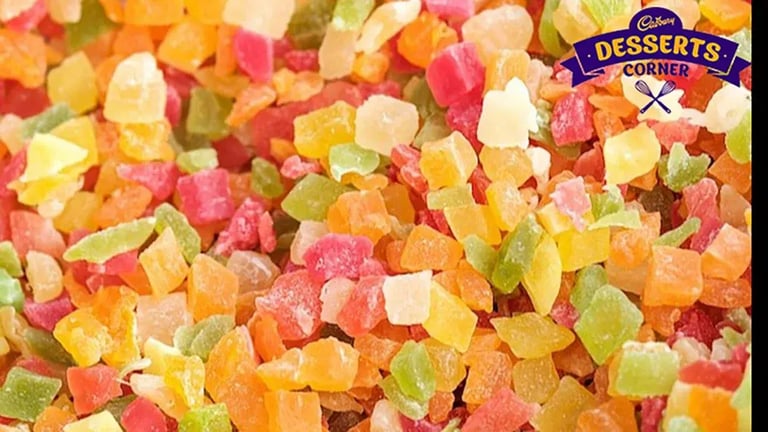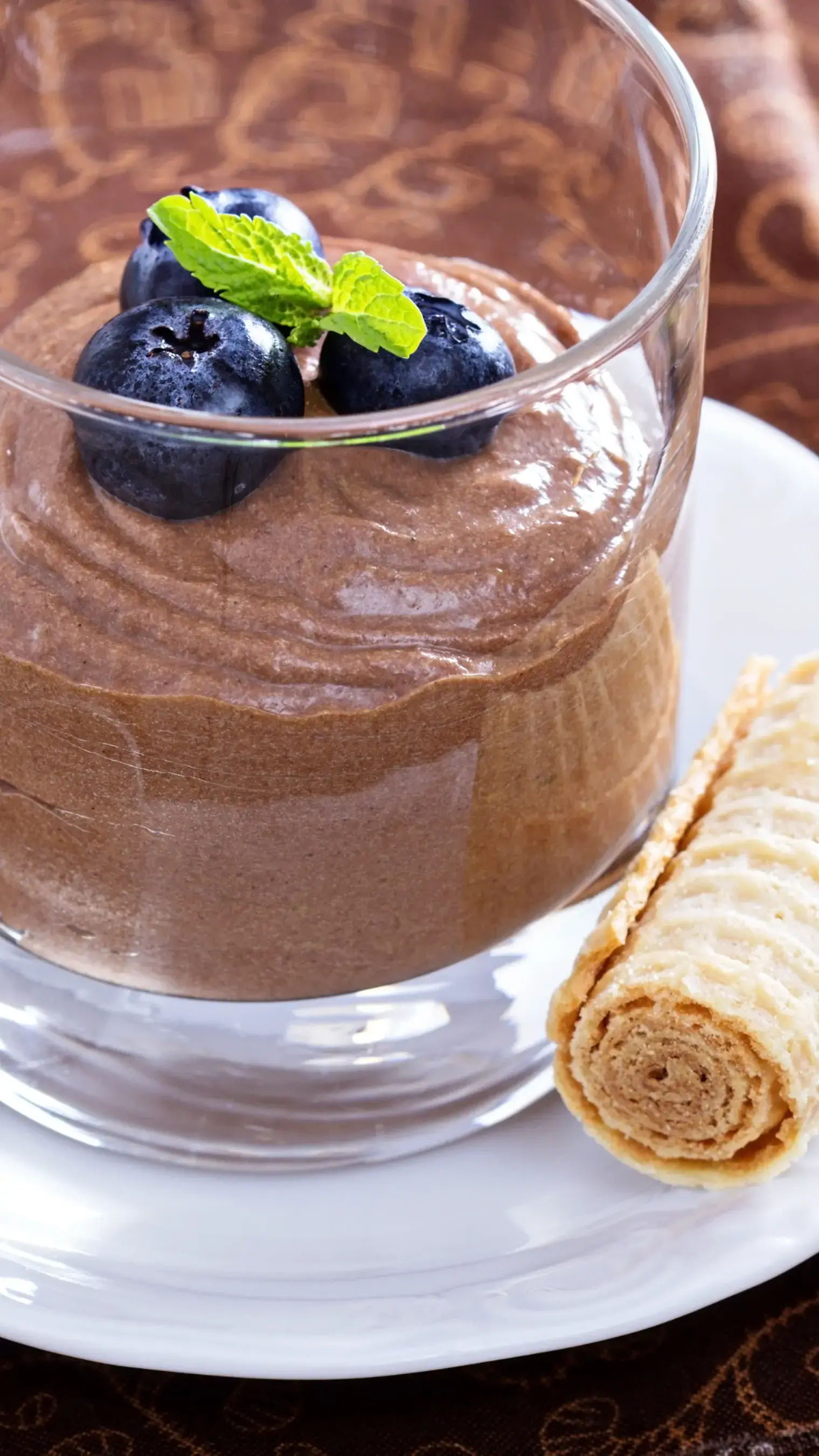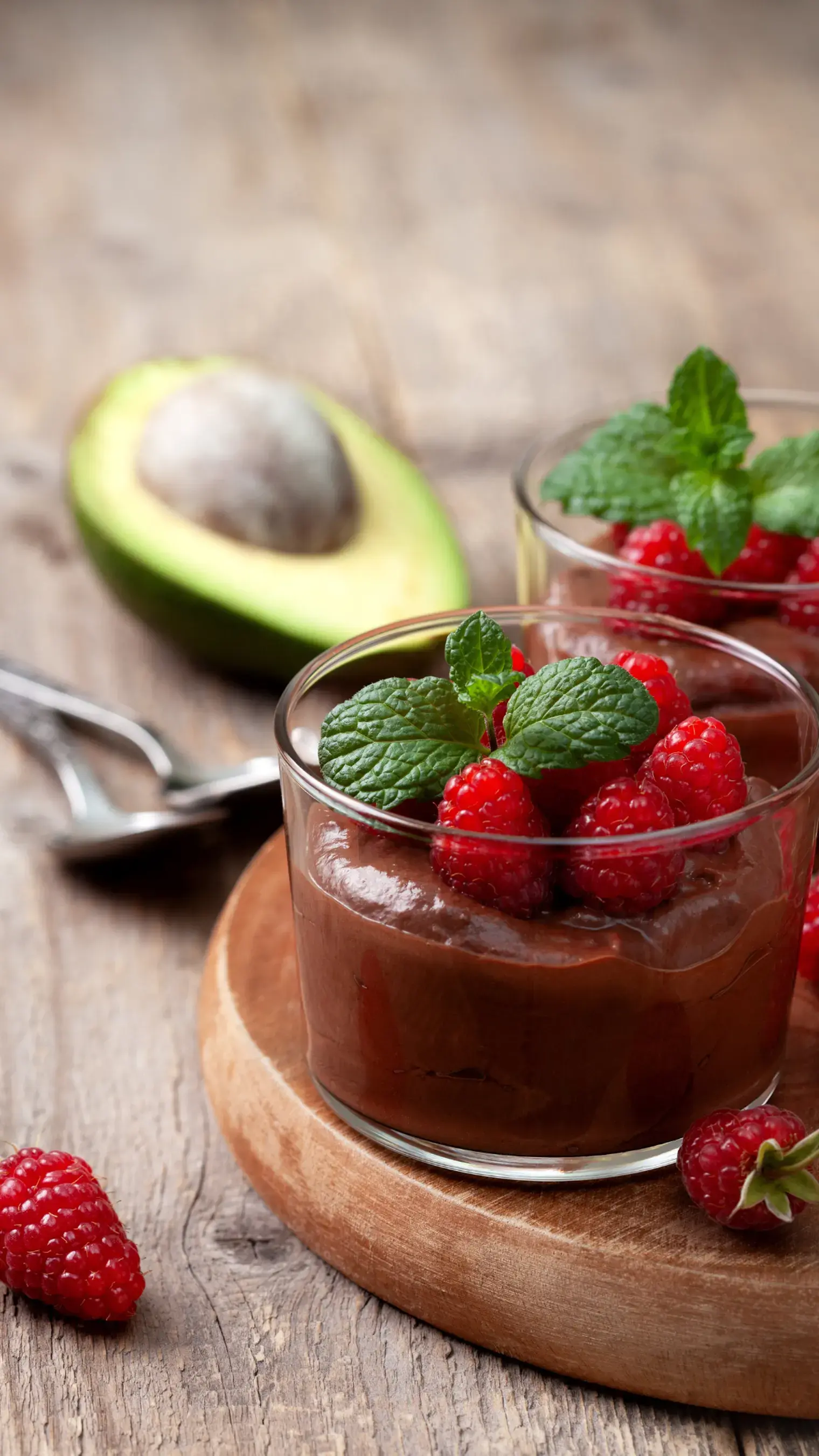Love candied fruits but don’t know where to start? Go over this handy candied fruits and peels guide to get a better look at the process

Love candied fruits but don’t know where to start? Go over this handy candied fruits and peels guide to get a better look at the process
Love candied fruits and nuts? The festive favorite ingredient can be easy to prepare at home; however candied fruits are more complicated to prepare than candied nuts since they differ in texture. They’re particularly used in festive bakes, to add vibrancy to recipes and a depth to flavors. Candied fruit and peel are essentially confections that add an intensified flavor to desserts and cocktails and can also be used as garnish.
What Comprises Candied Fruits And Peels?

Candied fruit is basically fruit that has undergone a process of preservation through sugar immersion; the process of candying fruit involves replacing the natural water content with sugar, which results ina a chewy and sugary exterior that enhances the fruit's natural flavors. Candied fruit and peel are commonly used as garnish or as a standalone flavoring agent in fruitcakes, cookies, and other baked goods and cocktails
Besides fresh fruits, sugar, and water are usually the two main ingredients for the recipe. Oranges, lemons, citron, cherries, pineapples, and ginger are the most popular variants of fruit for candying.
Fun fact, the sugar syrup used for candying fruits only consists of water and granulated sugar and nothing else! It is brought to a boil to form a thick liquid. The fruit is immersed in the syrup, allowing it to soak for an extended period, sometimes days, to achieve the desired candied consistency.
Which Fruits And Peels Are Best For Candying?
It's best to use fruits that hold up well during the candying process but can also hold on to their flavor after the candying is achieved. Fruits that have a natural tartness are usually considered ideal for candying. Citrus fruits like oranges, lemons, and citron are popular due to their vibrant flavors and aromatic peels. Citrus fruits also tend to absorb the sweetness of the sugar syrup, so the coating offers a contrast to the tartness of the fruit itself.
Cherries are also candied often; both sweet and sour variants are candied for fruitcakes and cookies. Candied cherries also make for standalone desserts. Pineapple is also a popular choice for candying as it is usually valued for its tropical sweetness and firm texture. Candied pineapples are quite chewy and also tend to hold onto their natural texture.
Stone fruits like peaches and apricots can also be candied to preserve their natural sweetness; it's best to go for stone fruits which are used in preserves or jams like plums, apricots, lychees, etc,
Which Fruit Peels Are Best For Candying?

When it comes to candied peels, freshness is a crucial factor. Candying fruit peels involves blanching the peels to remove bitterness, simmering them in a sugar syrup, and then drying them. Candied fruit peels are usually sweet and chewy and add a burst of flavor.
The peels of oranges, lemons, limes, and grapefruits are popular choices for candying. Citrus peels have a strong, summer flavor and the mild fruitiness meshes well with the sugar coating. Ginger root's peel has a natural savouriness which is spicy and sweet and once candied, they can be used in many kinds of desserts.
Watermelon rinds and peels, when properly prepared, can be candied as well; the contrast between the sweetness of the sugar coating and the subtle flowery scent makes for an interesting combination. The tough outer skin of a pineapple can be candied as well; it typically creates a chewy and sweet snack.
Which Desserts Can Use Candied Fruits And Peels?
Fruitcakes: One of the most classic uses of candied fruits is in fruitcakes. The combination of candied citrus peels, cherries, and other candied fruits tends to add sweetness to the heavy, dense and also contributes to its chewiness.
Candied cherries and citrus peels, can be incorporated into cookie and biscuit recipes like shortbread, oatmeal cookies and biscottis. Certain festive breads like the Italian Panettone or German Stollen are known to use candied fruits. Panettone is a Christmas bread muttered with candied fruits. Stollen is a German fruit bread filled with a combination of candied fruits, nuts, and spices.
Candied fruits can be used as a topping for fruit tarts or incorporated into the filling. Puddings, custards, ice creams, sorbets, parfaits and almost every frozen dessert can inforporate candied fruits and peels. Chocolate barks are another vehicle for enjoying candied fruits and nuts
Like This Article?
More Like This




Popular Articles



Trending Web Stories
Curated Recipes




















